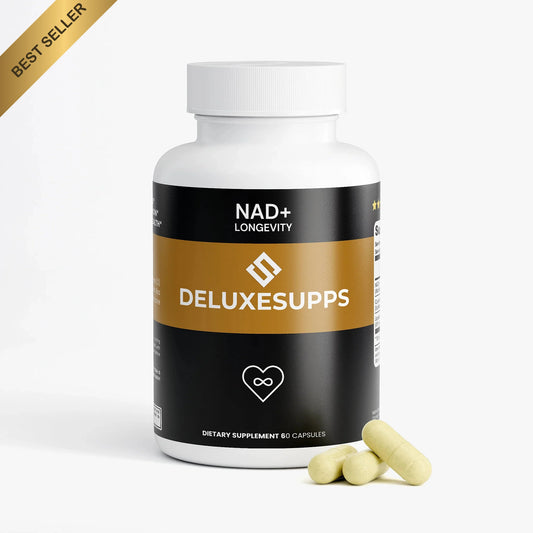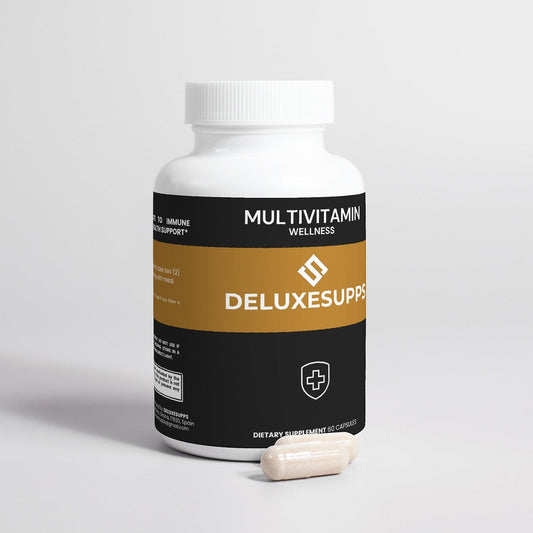Updated on: 2025-11-25
- Key benefits of an at-home vitamin deficiency test
- Step-by-step guide: how to use an at-home vitamin deficiency test
- Step 1: Choose a quality test kit
- Step 2: Order and register your kit
- Step 3: Prepare for sample collection
- Step 4: Collect the sample correctly
- Step 5: Package and mail immediately
- Step 6: Track and access your results
- Step 7: Interpret results responsibly
- Step 8: Plan next steps with a professional
- Step 9: Monitor your status over time
- FAQs about at-home vitamin deficiency test considerations
- How accurate are at-home vitamin deficiency tests?
- How long do results usually take?
- How do at-home tests compare to clinic-based bloodwork?
- Who can use an at-home vitamin deficiency test?
- Summary: using an at-home vitamin deficiency test with confidence
- About the author
An at-home vitamin deficiency test offers a practical way to check key nutrition markers from the privacy of your home. Within minutes, you can collect a sample, post it to a certified laboratory, and view results online. This article provides a neutral, step-by-step overview of how an at-home vitamin deficiency test works, how to choose a kit responsibly, and how to consider results within a broader wellness plan. It avoids medical claims and focuses on informed decision-making, data quality, and good record-keeping so you can consult a qualified professional with clear information in hand.
Key Benefits of an At-Home Vitamin Deficiency Test
- Convenience and privacy: Collect a small sample at a time that suits you without scheduling an in-person appointment.
- Structured results: Many providers present clear reference ranges that make it easy to understand whether values fall below, within, or above a typical range.
- Trend monitoring: Repeating an at-home vitamin deficiency test across intervals can help you track changes in nutrition markers over time.
- Accessible records: Digital dashboards allow secure access to historical results so you can share them during consultations as needed.
- Focused panels: Certain kits focus on common nutrients such as vitamin D, B12, folate, and others, allowing targeted checks without broad panels.
- Cost transparency: Clear pricing and bundled shipping options help you plan spending and compare alternatives in advance.
- Supportive resources: Many providers offer result guides and FAQs that explain sample handling and reporting terms without giving medical advice.
Step-by-Step Guide: How to Use an At-Home Vitamin Deficiency Test
Step 1: Choose a quality test kit
Begin by assessing whether the provider uses accredited laboratories and transparent methodologies. Look for clear information about collection type (finger-prick blood, saliva, or urine), analytes measured, reference ranges, and reporting format. Confirm data security commitments and how long results are stored. A dependable at-home vitamin deficiency test will state what is included in the kit, expected turnaround times, and support channels if you have questions.
Step 2: Order and register your kit
Order directly from a reputable source. After delivery, register the kit using its unique code before collecting your sample, ensuring your results are matched to you. If you are building a broader wellness routine, consider organizing supplements and testing cadence together. For product planning, you may browse All products or build a flexible set via Create a bundle so your routine remains structured.
Step 3: Prepare for sample collection
Read the instructions in full before starting. Wash and dry your hands. Set out the lancet, collection card or tube, alcohol swab, bandage, and prepaid mailer. Some kits suggest collecting in the morning or after a period without certain foods or supplements; follow only the instructions included with your kit. Keep the work surface clean and well lit.
Step 4: Collect the sample correctly
Follow the illustrated steps to obtain a finger-prick sample or other requested specimen. Allow drops to fill the marked circles if using a dried blood spot card, or fill the tube to the specified line for liquid samples. Do not touch collection areas. Seal the sample carefully, confirm that labels match your registration details, and complete any included checklist before mailing.
Step 5: Package and mail immediately
Place the sample and forms in the protective sleeve and envelope provided. Use the prepaid label if included, and mail on the same day to preserve sample quality. Keep the receipt or tracking number. Timely shipping helps laboratories begin analysis within the expected window.
Step 6: Track and access your results
Most services update status through an online portal. When results are ready, you will typically receive an email. Access your dashboard and download the report. Store a copy in a secure folder and note the collection date, as this helps you compare future at-home vitamin deficiency test results consistently.
Step 7: Interpret results responsibly
Review the report’s definitions, units, and reference ranges. Note that out-of-range values can have many explanations and may require further review. Consider listing questions for a qualified professional, such as what additional information would help interpret values or whether a different testing method is appropriate.
Step 8: Plan next steps with a professional
Use your report as a starting point for discussion. You may choose to speak with a healthcare professional to determine whether additional testing is appropriate. If you decide to adjust your routine, keep records of any changes. For product-related questions or routine planning support, you can Contact us for general assistance on store offerings.
Step 9: Monitor your status over time
Consistency makes trends more meaningful. If you repeat an at-home vitamin deficiency test, try to collect samples under similar conditions and at comparable times of day. Keep a simple log of dates and any routine changes so you can view results in context over time.
FAQs About At-Home Vitamin Deficiency Test Considerations
How accurate are at-home vitamin deficiency tests?
Accuracy depends on the specific analyte, sample type, and laboratory processes. Established providers disclose the methods they use and the ranges they report. Proper collection and prompt mailing also help support reliable measurements. If you require a clinical evaluation, consult a qualified professional who can consider additional factors or order further testing as needed.
How long do results usually take?
Many services indicate a typical window of several business days after the sample reaches the lab. Transit time, day of mailing, and laboratory volume can influence turnaround. Register your kit and retain tracking information so you can follow progress and access the report as soon as it is available.
How do at-home tests compare to clinic-based bloodwork?
At-home kits prioritize convenience and access, while clinic-based bloodwork offers in-person collection and may include broader panels. Some people use home testing to monitor status between routine check-ins. For diagnosis or treatment decisions, direct guidance from a qualified professional is appropriate.
Who can use an at-home vitamin deficiency test?
Eligibility varies by provider and by jurisdiction. Many tests are designed for adults. Always review the kit’s instructions and age requirements before ordering, and contact customer support if you have questions about suitability.
Summary: Using an At-Home Vitamin Deficiency Test with Confidence
An at-home vitamin deficiency test can be a practical addition to your wellness toolkit when used thoughtfully. Start with a reputable provider, follow instructions closely, and keep careful records. Use results to inform conversations with a qualified professional, particularly if you plan further evaluation. If you decide to maintain a simple daily routine, a balanced multivitamin may be part of your plan; explore options such as the Complete Multivitamin and organize your purchase through Create a bundle or browse the full range via All products. This article provides informational guidance only and does not offer medical advice, diagnosis, or treatment recommendations.
About the Author: Expertise Behind This At-Home Vitamin Deficiency Test Guide
Deluxesupps Deluxesupps
Deluxesupps Deluxesupps is a nutrition-focused editor and content strategist who develops clear, objective guides on wellness tools and supplement routines. With a background in product education and consumer-friendly content, Deluxesupps aims to simplify complex topics without overpromising results. Thank you for reading, and please reach out if you have questions about store offerings or resources.
The content in this blog post is intended for general information purposes only. It should not be considered as professional, medical, or legal advice. For specific guidance related to your situation, please consult a qualified professional. The store does not assume responsibility for any decisions made based on this information.












